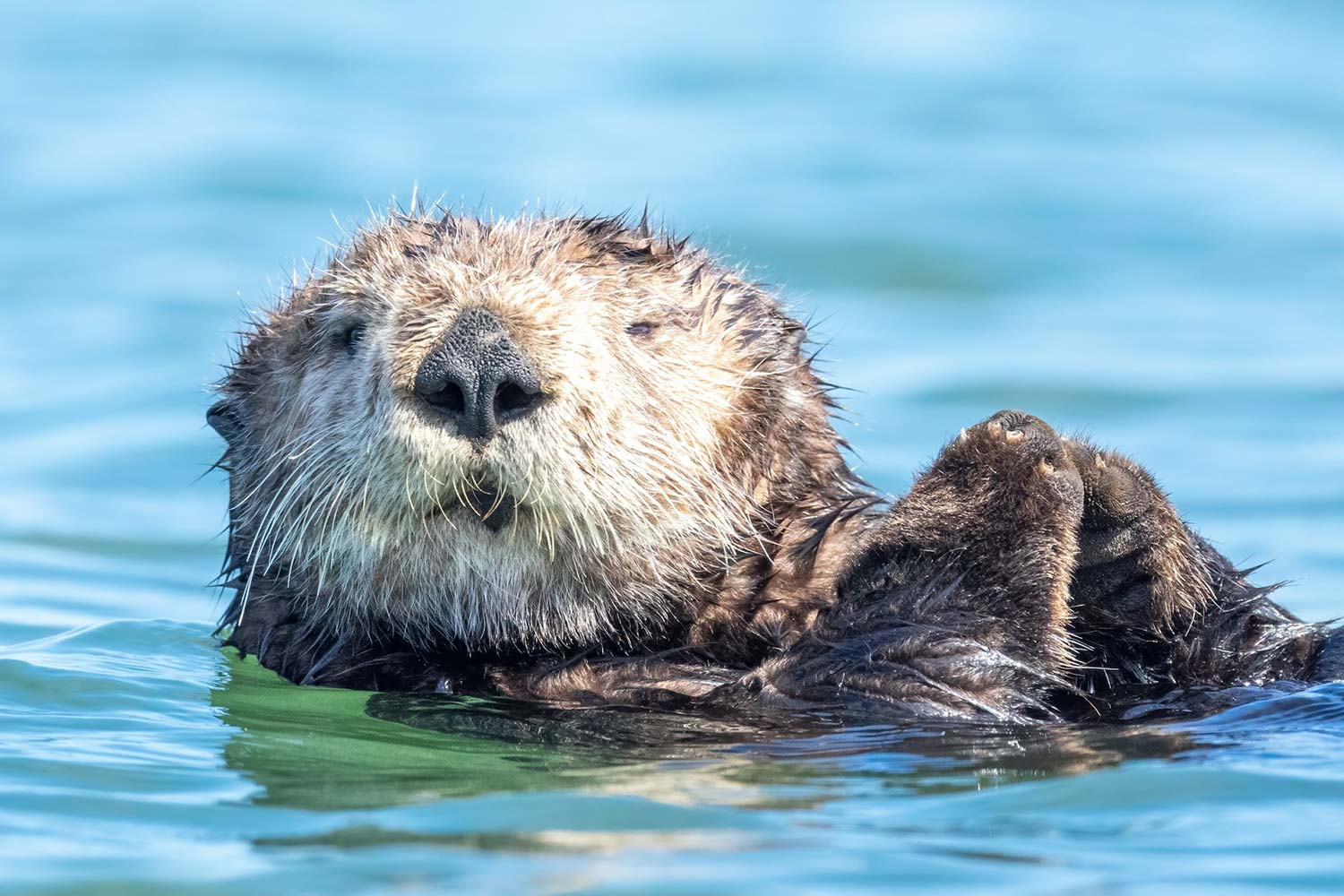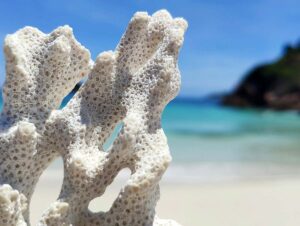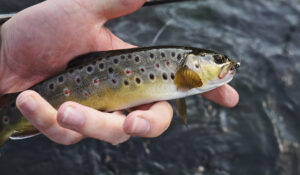Sea otters, with their playful antics and adorable appearances, have captured the hearts of many. Their behavior often suggests they are among the happiest creatures in the animal kingdom, bringing joy to anyone lucky enough to witness them in their natural habitat. But how happy are sea otters, really? Let’s dive into their world to explore their lives and behaviors.
For fans of these delightful animals, a watercolor canvas art print of three happy sea otters swimming, like this one, perfectly encapsulates their charm. It’s an ideal way to bring a smile to your space and celebrate their joyful spirit.
The Life of a Sea Otter
Sea otters, found primarily along the coasts of the North Pacific Ocean, are known for their intelligence and social behavior. As members of the weasel family (Mustelidae), they are uniquely adapted to life in the water, spending most of their time swimming, floating, and foraging.
What Makes Sea Otters Look Happy?
Sea otters exhibit several behaviors that we humans interpret as signs of happiness:
1. Playful Behavior
- Sea otters are often seen playing with each other, chasing, splashing, and even tossing small objects around. This playful behavior is not only entertaining to watch but also essential for building social bonds and honing survival skills.
2. Relaxed Floating
- One of their most iconic behaviors is floating on their backs, often in groups called “rafts.” Sometimes they even hold hands to stay connected. This seemingly carefree habit reinforces the idea of their relaxed, content nature.
3. Tool Use
- Sea otters are one of the few animals known to use tools. They crack open shellfish by pounding them against rocks balanced on their bellies. The focus and dexterity they display often make them look like they’re enjoying a challenging task.
Are Sea Otters Really Happy?
While their playful demeanor might suggest they’re always happy, it’s important to understand that sea otters face numerous challenges in the wild:
1. Survival Pressures
- Sea otters are constantly foraging to meet their high caloric needs. They eat about 25% of their body weight daily to maintain energy levels and their thick fur, which insulates them in cold waters.
2. Predators
- Predators like orcas, sharks, and eagles (for pups) pose constant threats. This means sea otters must remain vigilant despite their playful appearance.
3. Environmental Threats
- Habitat destruction, pollution, and oil spills can significantly impact sea otters’ well-being. Despite these challenges, their resilience and adaptability often shine through.
Why Sea Otters Seem So Joyful
Sea otters are highly intelligent and social animals. Their ability to interact with their environment and each other likely contributes to behaviors that resemble joy. While we can’t measure their happiness in the same way we do with humans, their playful and inquisitive nature indicates a well-developed capacity for engagement and stimulation.
How You Can Help Sea Otters Stay Happy
Protecting sea otters and their habitats is essential to ensuring their well-being:
- Support Conservation Efforts
- Many organizations work to protect sea otter populations and their marine habitats. Donating or volunteering can make a difference.
- Reduce Pollution
- Minimizing plastic use and properly disposing of waste helps keep oceans clean for sea otters and other marine life.
- Spread Awareness
- Sharing information about sea otters and their ecological importance can inspire others to take action.
Celebrating Sea Otters Through Art
Sea otters inspire not only conservationists but also artists. A watercolor framed art print of three happy sea otters swimming, like this one, captures the joy and playfulness that these creatures bring to the world. The vibrant yet calming imagery serves as a daily reminder of their beauty and the need to protect them.
Fun Facts About Sea Otters
- Thickest Fur in the Animal Kingdom: Sea otters have up to a million hair follicles per square inch to keep them warm.
- Sleep in Rafts: They form groups, sometimes with dozens of individuals, and float together to avoid drifting apart.
- Ecosystem Engineers: Sea otters play a crucial role in maintaining kelp forests by controlling sea urchin populations.
Final Thoughts
Sea otters bring undeniable joy to the world, both through their behavior and the vital role they play in marine ecosystems. While their lives are not without challenges, their playful spirit and resilience inspire us to appreciate and protect the natural world.
To celebrate the charm of these creatures, consider adding a watercolor metal art print of three happy sea otters swimming to your collection. It’s a heartwarming piece that reflects the joy sea otters bring to both their ocean homes and our lives.




